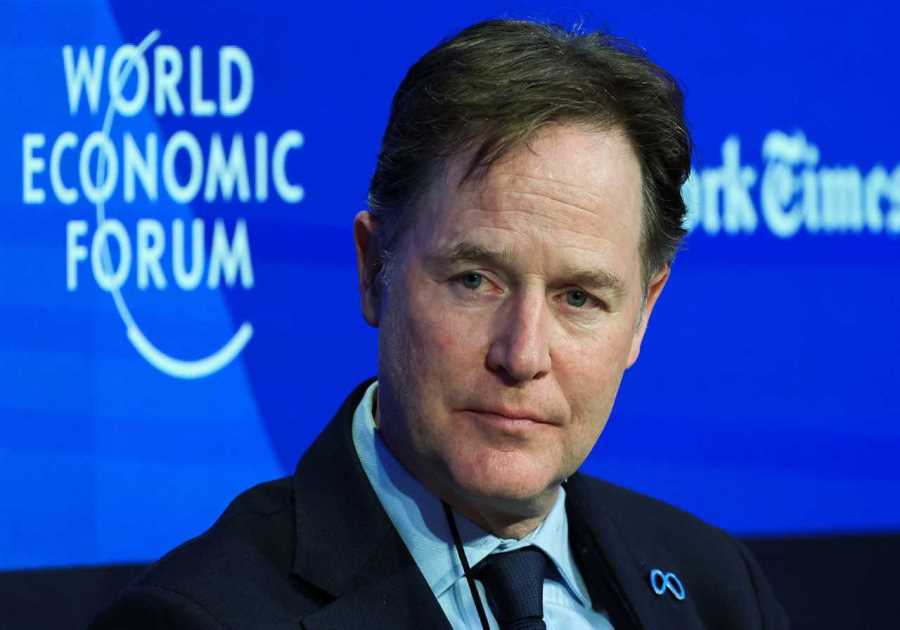
Almost from the moment that the first rioters were arrested in connection with the violent attack on the Capitol last January, defendants have tried in various ways to blame former President Donald J. Trump for their behavior.
Some have attempted to get out of jail on bail by claiming that they stormed the building because Mr. Trump said they should. Others have sought reduced sentences by arguing that they only joined the riot because they believed Mr. Trump had authorized them to do so.
On Friday, however, one Jan. 6 defendant took a different and much bolder step in seeking to pull Mr. Trump into the center of his case: He and his lawyer asked a federal judge for permission to subpoena the former president and several of his allies to testify as witnesses at his trial.
“It is anticipated that, when called as a witness, Donald J. Trump will testify that he and others orchestrated a carefully crafted plot to call into question the integrity of the 2020 presidential election and the validity of President Biden’s victory,” the lawyer, Samuel H. Shamansky, said in court papers filed on behalf of his client, Dustin Thompson.
“Moreover, it will be established at trial that Mr. Trump and his conspirators engaged in a concerted effort to deceive the public, including defendant, into believing that American democracy was at stake if Congress was permitted to certify the election results,” the papers said.
It will most likely be an uphill climb for Mr. Shamansky to get permission to subpoena Mr. Trump and force him to appear in court, a process that could also be time-consuming and involve extensive litigation.
At a hearing last month, the judge in Mr. Thompson’s case, Reggie B. Walton of Federal District Court in Washington, expressed skepticism about the notion of a former president and members of his inner circle being placed by force on the witness stand. He suggested that Mr. Shamansky could just as easily make his point by playing for the jury video or audio recordings of them speaking on Jan. 6 or in the days leading up to it.
The request for the subpoenas came in conjunction with a separate motion in which Mr. Shamansky notified Judge Walton that he intended to mount what is known as a public authority defense when Mr. Thompson goes on trial in April. The strategy involves defendants arguing that they were authorized to commit crimes on the advice of a federal official.
A spokesman for Mr. Trump did not immediately respond to a request for comment on the proposed subpoena.
At the hearing last month, Mr. Shamansky told Judge Walton that he wanted to subpoena not only Mr. Trump, but also several of his former aides and advisers, including Rudolph W. Giuliani, Stephen K. Bannon, Stephen Miller and John Eastman.
Acknowledging that he would have a hard time disputing that Mr. Thompson had committed a crime on Jan. 6, Mr. Shamansky told the judge that he wanted testimony from Mr. Trump and the others in order to establish Mr. Thompson’s mind-set that day and to prove that his client had effectively been duped into breaking the law.
As for the recordings Judge Walton suggested, Mr. Shamansky argued that live witnesses always played better in front of juries. He also insisted that he had a right — even a duty — to mount the strongest defense of Mr. Thompson that he could.
If Mr. Shamansky gets his way, it is almost certain that the famously litigious Mr. Trump would oppose the subpoena in a bruising legal fight, which could drag out the proceedings for months.
In an interview on Friday, Mr. Shamansky said if he succeeded in obtaining the subpoenas, he would not only ask Mr. Trump about his speech that day, but also seek to get his hands on private notes or messages that were used in drafting the address. He added that he knew of no legal prohibition against trying to get testimony from a former president as a material witness in a criminal case.
“I’m unaware of any authority that undermines our position,” he said. “The Constitution guarantees and demands Trump’s appearance at trial.”
Some legal experts seemed to agree, pointing to President Richard M. Nixon’s failed attempts in 1974 to quash a subpoena by the Watergate special prosecutor for tapes and other documents related to his case. Others noted that, in 1990, former President Ronald Reagan gave videotaped testimony during the trial of John M. Poindexter, his onetime national security adviser, who was charged with obstructing a congressional inquiry into the Iran-contra affair.
“Based on the precedent of United States v. Nixon, as well as President Reagan’s testimony in the Poindexter trial, I think there is a plausible case that Trump could be required to produce documents or otherwise testify, at least in some form, in some of the Jan. 6 trials,” said Alan Rozenshtein, a former Justice Department official who teaches at the University of Minnesota Law School.
Mr. Thompson, 37, of Columbus, Ohio, was charged soon after the Capitol attack with stealing a coat rack from inside the building and for being in a restricted area of the Capitol grounds with a onetime college classmate, Robert Lyon, who was also charged.
Prosecutors later brought an additional charge against both men, accusing them of obstructing an official proceeding before Congress in which lawmakers were certifying the final count of the Electoral College vote.
In an interview with The Columbus Dispatch shortly after the initial charges were filed, Mr. Shamansky said Mr. Thompson and others who went to the Capitol “got brainwashed to the point they felt duty bound to follow the encouragement of their commander in chief.”
Did you miss our previous article...
https://trendinginthenews.com/usa-politics/mentally-ill-detainee-suspected-of-planned-role-in-911-set-for-transfer






